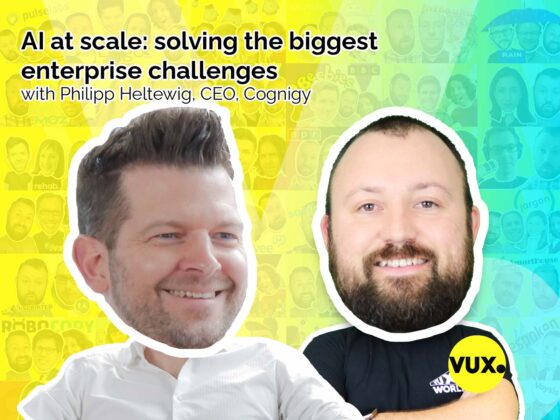Most companies aren’t mature in their AI operations to have graduated to automated use cases that are fully transactional. Use cases that require an automated system to determine who someone is, and that they are who they say they are, before carrying out a core business action.
That’s not a criticism whatsoever. I actively advise organisations, when starting out, to start small. Start simple. Build your capabilities and, over time, scale your team, your use cases and your impact.
However, to move into the true self-service, scaled enterprise AI operations, you need to get to those juicy use cases at some point. And, when you do, you’ll hit upon this need for identification and verification.
Without this, you’ll be stuck in novelty FAQ land forever.
The absence of identification and verification in voice AI technologies
It’s no surprise that this isn’t spoken about that often. Perhaps that shows us just how early we are in enterprise deployments of AI-first self-service solutions.
I’m not saying that no company is combining intelligent authentication with AI assistants because, on the contrary, they are. It’s just largely confined to large retail or financial enterprises.
Trialling voice biometrics
We’ve seen some great examples of voice biometric authentication technology being used in the consumer space. For example, Google Assistant can recognise who’s who, and reserve the right to access the assistant based on your voice print. We’ve also seen Google Assistant trial voice authenticated payments. Amazon Alexa has the same capability with voice profiles, though that’s not too widely used, and Siri does use similar technology to validate who’s invoking the assistant.
Then you have examples of the same kind of authentication technology being used in the TV space. For example, TiVo’s partnership with PinDrop aims to identify the age of a user with a voice print, in order to serve relevant content search results.
But even in the consumer space, many of these are novel use cases, not alway widely adopted.
Making progress
We’ve made some great progress on the NLP-front. And the authentication front. We’ve also made some good progress on the conversation design front. We’re at a point now where it’s entirely possible to implement fully automated, end-to-end customer self-service in the voice channel, using intelligent authentication. But so that, this has typically being reserved for big banks with the deep pockets.
However, as you start to push the boundaries of what AI assistants are capable of, you’ll come across this need sure enough. It’s inevitable.
Understanding intelligent authentication
Yesterday, I sat down with the now best-selling author, Matt Smallman, voice biometric and security expert and founder of SymNex Consulting. We discussed how and why the old school methods of authenticating users are no longer fit for purpose and what new technologies can be used alongside AI assistants in order to identify and verify that someone is who they say they are, so that you can enable more robust and meaningful AI-driven conversations.
Matt shared the importance of passive verification and how, through either network security or voice biometrics, it’s entirely possible to secure your voice AI interactions and enable more end-to-end self-service on the voice channel. And, with recent developments in technology, how it’s all becoming less expensive and less complex.
Matt outlines all of this and more in his book Unlock Your Call Centre: A proven way to upgrade security, efficiency and caller experience, which you can buy on Amazon or on Kindle US or UK.
And you can listen to the full episode on YouTube, LinkedIn, Apple podcasts, Spotify or on the VUX World website.




